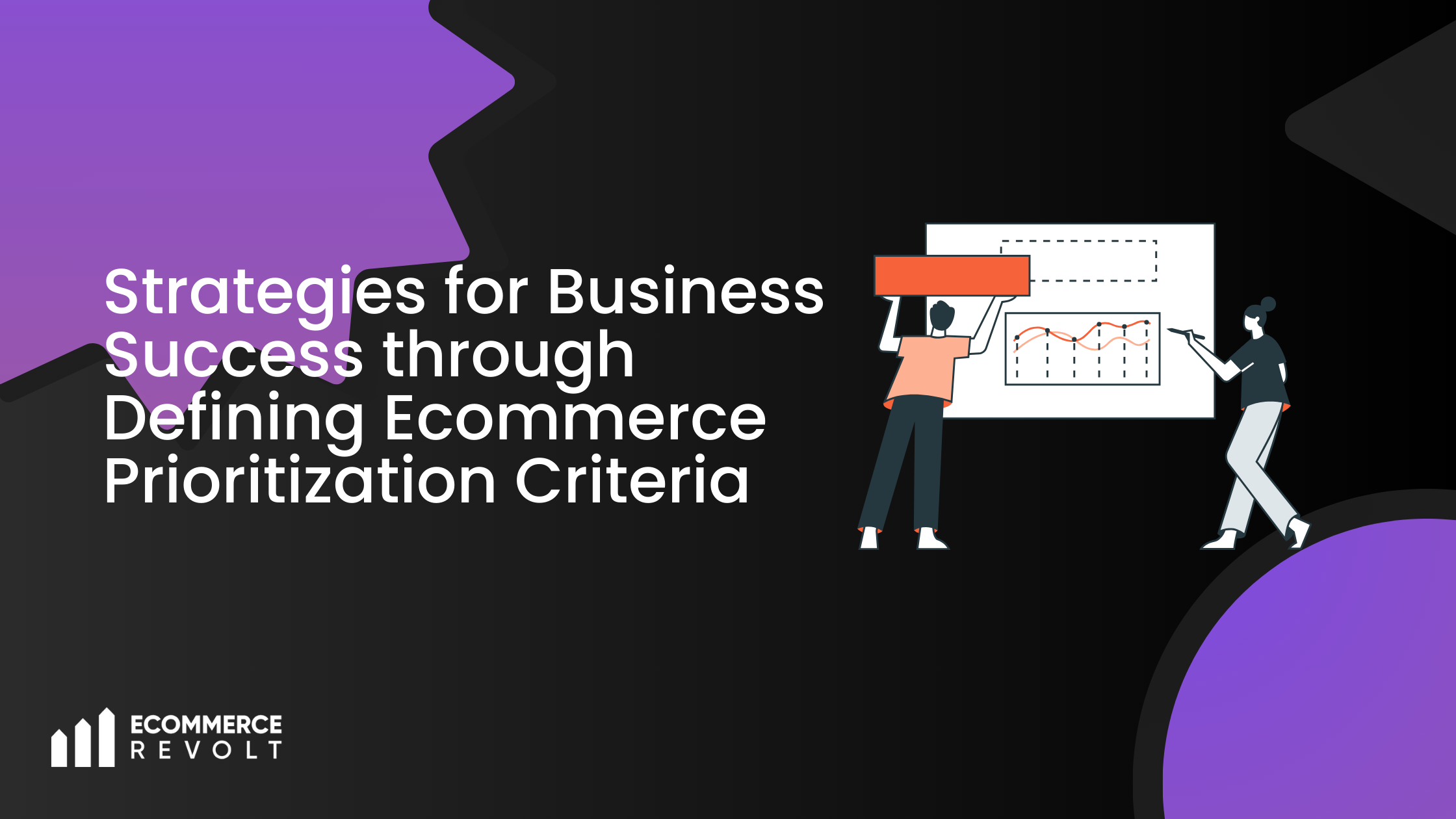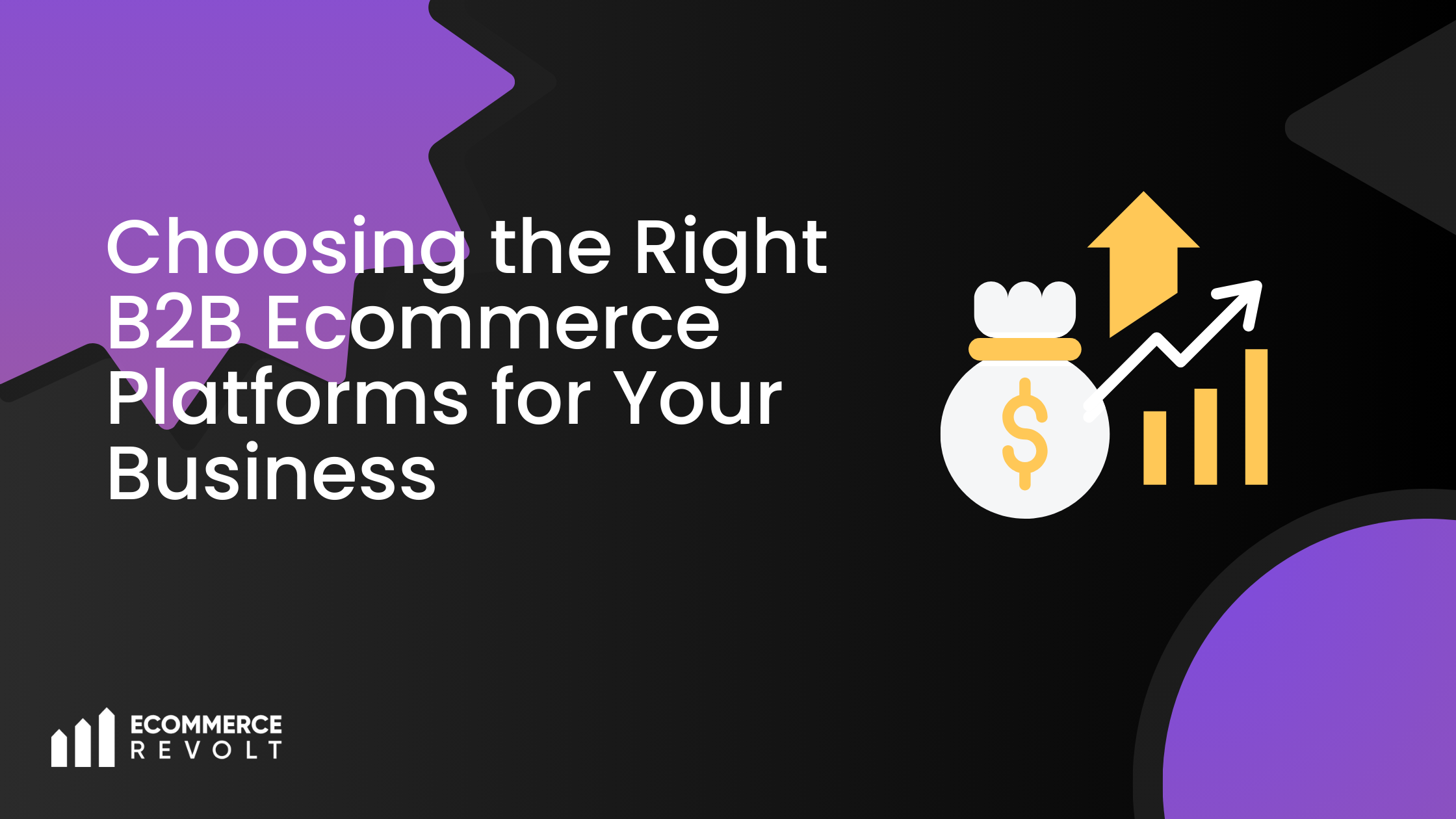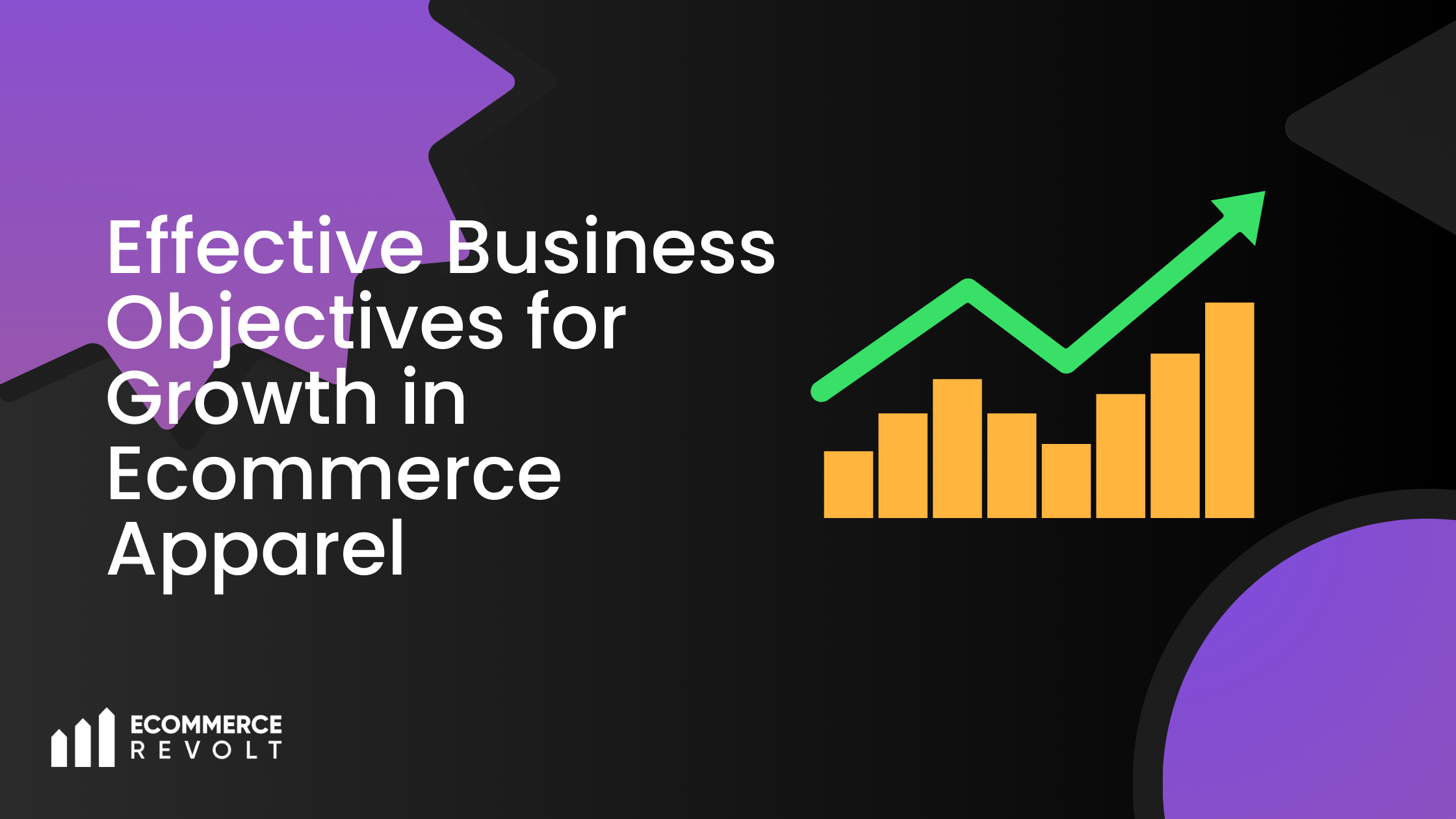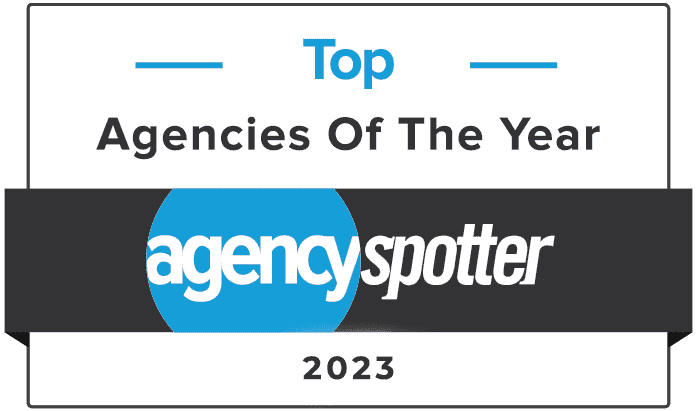It is very important for any business that looks forward to expansion to understand the difference between lead generation and demand generation. Though both of these sound quite similar, each of them plays a different role in attracting and engaging customers. The right choice or even a blend of both can benefit the reach and revenue of your brand enormously. Let’s dive into what sets demand generation apart from lead generation and how each of them can help your business thrive.
What’s Demand Generation vs. Lead Generation?
Demand Generation is primarily a demand-building approach that generates interest in one’s brand and keeps it top of mind for people. It involves creating educational content, such as blog posts, videos, or social media content that can bring value to users. Demand generation aims to be relevant to the business across long-term channels of relationships and trust.
Lead Generation takes it a notch higher by capturing contact information for people interested. In this, the goal is converting these leads into customers’ names, emails, and so much more towards getting them engaged directly to nurturing a sales potential for them. This is all through forms, gated content targeted ads, and many more.
Demand Generation vs Lead Generation: What’s in the Difference?
While both strategies are targeted toward the growth of a customer base, their objectives and methods are very different. The following are some of the main differences:
Objectives
Demand generation is about throwing one’s net wide to build awareness and interest as opposed to the primary goal of lead generation that captures leads that qualify and guiding them to the sales funnel.
Content Approach
However, with demand generation, you’re mostly promoting free accessible content-possibly a blog post, social media updates, or infographic-that educates and engages. But lead generation is done by gated content, which would ask the user for their contact information to access it. Examples include eBooks, webinars, or free trials.
Metrics for Success
Whereas common measures for demand generation are website traffic, engagement rates, and social shares, lead generation focuses on the quality of leads, conversion rates, and progression of leads through the sales funnel.
Position in the Buyer Journey
Demand generation, as mentioned above, occurs at the top of the funnel, where awareness and interest are created. Lead generation reaches down the funnel to further identify prospects that are likely to buy.
Which Strategy is Right for Your Business?
It depends entirely on the goals, the audience, and where your brand is in its journey.
Go with Demand Generation when:
- You are launching a new brand and want to generate awareness.
- You intend to educate those potential customers and create a long-term connection.
- You want to establish your brand as the guru of your niche within the industry.
Opt for Lead Generation if:
- You already have an established brand base. Now, you have to turn interest into leads.
- Your salesforce wants engaged and qualified leads to sell to directly.
- You focus on short-term conversion and a targeted contact list.
- You apply both simultaneously for the best results.
The truth is, that most successful brands do both together in the first place. Demand generation builds a broad net of awareness, and lead generation catches those individuals who are interested enough to take the next step. This way, you build both brand recognition and a steady pipeline of qualified leads.
Using Demand Generation and Lead Generation Together
So here is a step-by-step approach to how we can apply such strategies together.
- Start with Ungated Content: This will include high-value, freely accessible content such as blog posts videos or infographics about common challenges and solutions in your domain of expertise. It will establish awareness and interest.
- Retarget interested audiences by using retargeting ads and email campaigns to reach people who engage with your demand-generation content. This keeps your brand in front of them and builds familiarity.
- Gated content to capture leads: Now that they are familiar with your brand, you may want to offer gated content like eBooks, whitepapers, or demos that require users to submit contact details. Now is where you can get qualified leads from the lot.
- Nurture Leads by Email Campaign: Followed by a targeted email campaign to move leads further down the funnel. Provide more depth in case studies or even trial products to encourage conversion.
Conclusion: Demand Generation vs. Lead Generation Which One Wins?
In the final analysis, of course, one strategy doesn’t fit all. Demand generation can be useful in getting people aware and interested early in the buyer’s journey; lead generation, by contrast, leads toward capturing and nurturing those contacts ready to buy. For most companies, a balanced approach combining both strategies will therefore be best.
Learn what these strategies look like and how they can combine, and you’ll be able to construct a much more effective marketing strategy that drives leads into sales today while you build a strong brand for tomorrow. As a force of demand generation vs. lead generation, knowing which one to apply when helps ensure your sustainable growth and success. Ecommerce Revolt can help you in lead generation while utilizing the strategies of demand generation.








